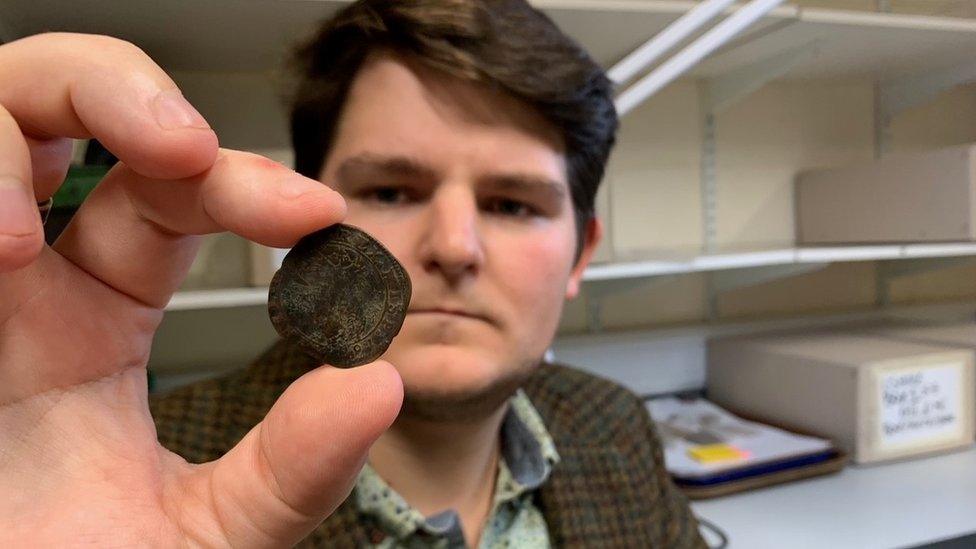Funeral boat for island graveyard to be restored
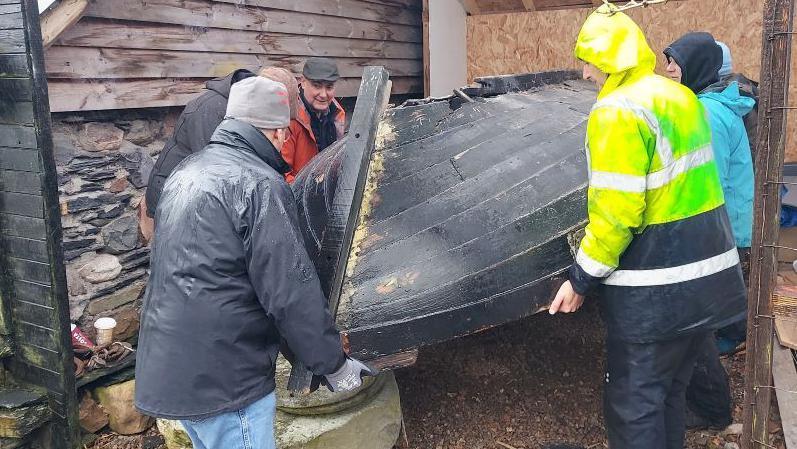
The funeral boat is one of three used to carry clan dead to a burial island
- Published
A rowing boat that was used by Highland clans to carry bodies to an island graveyard is to be restored.
The craft was one of three funeral boats that transported the dead of three clans for burial on Eilean Munde in Loch Leven, near Glen Coe.
Alasdair Ruadh "MacIain" MacDonald, 12th chief of the MacDonalds of Glencoe and who was murdered during 1692's Massacre of Glencoe, is believed to be among those buried on the island.
The boat is to be restored in Cumbria before it is returned to Glencoe Folk Museum, where it has long been a star exhibit.
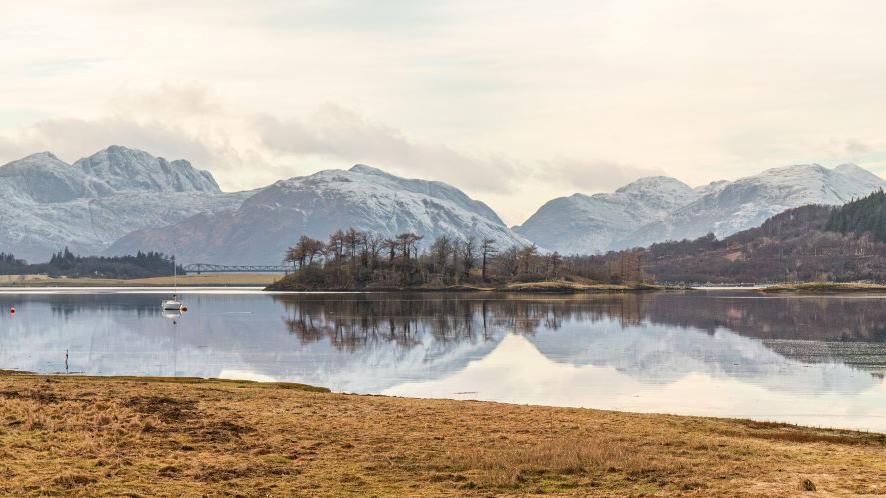
Eilean Munde is in Loch Leven in the Highlands
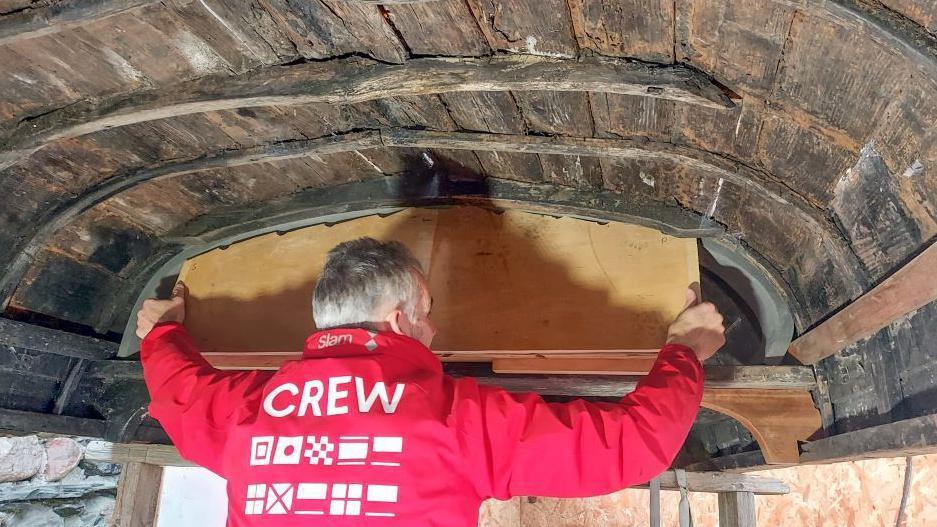
The boat has been a museum exhibit for years
Eilean Munde takes its name from St Munda, who had a chapel built on the island in the 7th Century.
The last service in the church was held in 1653, and it has since fallen into ruin.
The island's graveyard was used by three local clans - the Stewarts of Ballachulish, the Camerons of Callart and the MacDonalds of Glencoe.
Each clan had a "port of the dead" where boats would carry their dead at the shores of Loch Leven.
The clans shared the maintenance of the island and graveyard even in times of conflict.
The graves are believed to include that of clan chief MacIain.
He along with almost 40 other members of Clan MacDonald of Glencoe were killed in February 1692 after government soldiers were ordered to attack them.
The last burial on Eilean Munde was in 1972.
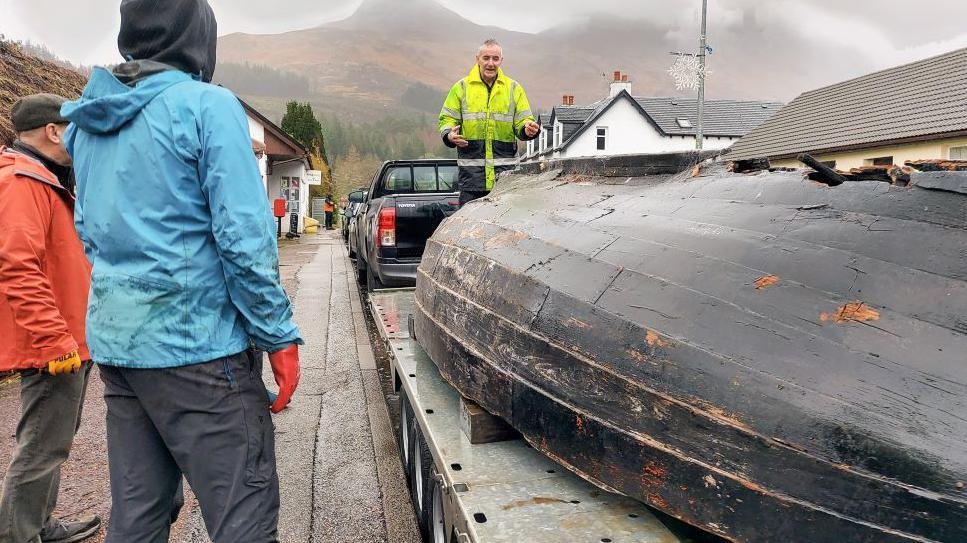
The funeral boat is to be restored by specialists in Cumbria
The boat, which has some damage, is to be repaired at Windermere Jetty Museum by boat conservator Stephen Beresford.
Mr Beresford said: "It’s an honour and a privilege to work on a boat with such significance, that matters so much to the people of the Highlands.
"Its form and construction are inextricably linked to its purpose and the stories these features can unfold are quite fascinating."
Several grants and public donations are paying for the restoration.
The boat is to eventually be a centrepiece exhibit in the folk museum.
Project director David Rounce, said: ‘The funeral boat is our largest object and provides a tangible link with an important local custom, telling an evocative story of clan traditions, social history and local folklore.
"This work will protect the boat for future generations and it’ll be fantastic to see it on display in our redeveloped museum."
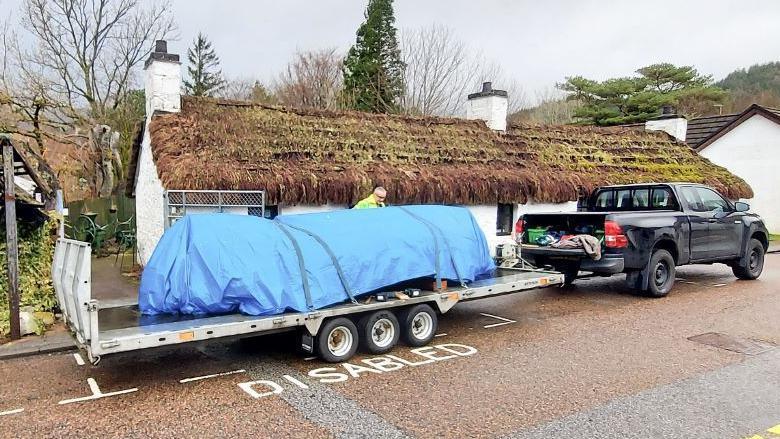
The museum itself is being revamped.
It has been closed since the end of last year and is due to be reopened next summer.
Founded in the 1960s, the folk museum's collection includes Jacobite relics and memorabilia from the two world wars.
It occupies two former derelict cottages dating back to the 1700s, and moved to the site in 1971 after its collection grew too big for its original premises.
The cottages had been scheduled for demolition, but a local resident saved the properties by standing in front of bulldozers brought in to tear them down.
The revamp includes an extension which will have a climate-controlled exhibition gallery, as well as a gift shop and the museum's first toilets.
Related topics
- Published3 November 2022

- Published9 October 2023
